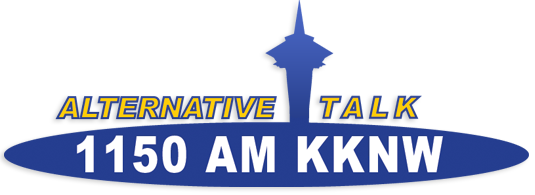Taking Out A Home Loan In 2015 And What You Need To Know About It
It seems that in the coming year for most people who plan to either buy or sell real estate, the housing market should be a drama free zone. While 2014 was indeed a rough year for real estate, 2015 will be the year when things will get a little calmer and prices are going to go down a bit.
Still, many people are puzzled about whether this year is going to be a good year to buy and the best type of loan they should get for their new home.
“99 percent of success is built on failure.” — Charles Kettering
Deciding on a loan
“What is an home equity line of credit and why do I need it?” is one of the main questions a lot of people ask themselves when they want to buy a new house. To put it in simple terms, a home equity loan is a loan where a homeowner takes out a certain amount of money to buy a new house, where the collateral is the equity in his house. It’s usually a convenient way of getting a new home without being required to have pay the entire amount of money upfront.
Loan duration
There are also two main types of loans, including the 15 year and 30 year loans. With a 15 year loan, people need to pay a bit more to the bank every month, but the good news is they can become debt free in half the time. On the other hand, a 30 year loan means the borrower can decide how much money he wants to pay per month and how much he wants to save. Before deciding on one though, people should figure out how much money they have for the down payment, since it greatly affects the interest rate.
Paying for the mortgage
Getting a Conventional mortgage can generally be obtained through HUD financing and it’s the main option people consider when wanting to buy a house. However, there is one important thing home buyers need to be aware of when buying a home: on top of the home’s price, wire transfer fees and other costs, they’ll also need to pay for the Mortgage closing costs. These are basically fees charged by third parties and lenders and they can range anywhere from 2% to 5%. One thing to keep in mind is that these costs will only be paid when the buyer closes on his mortgage.
Taking out a home loan also means buyers need to learn more about the APR. What is an APR? Well, it translates to annual percentage rate and it represents the interest on the contracted home loan. For instance, the APR for a 150,000 loan is 4.5, which means that for a 30 year loan buyers will need to pay $760,03 a month.

